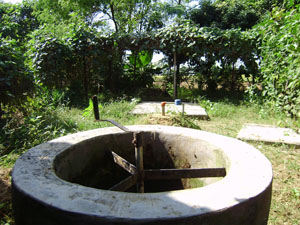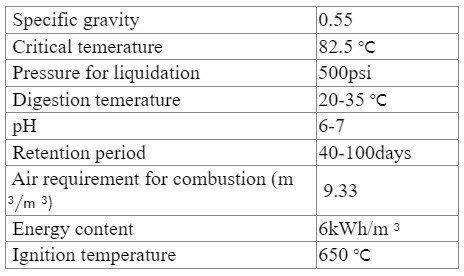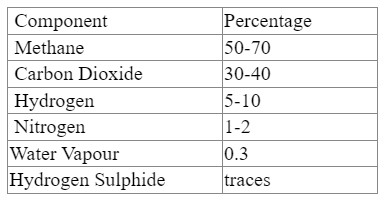How Biogas Works?
Biogas is a combustible gas produced by anaerobic fermentation of organic materials by the action of methanogenic bacteria. This gas is principally composed of methane and carbon dioxide. Methane is odorless and invisible in bright daylight. It burns with a clear blue flame without smoke and is non-toxic. It produces more heat than kerosene, wood, charcoal, and cow-dung chips.
A biogas plant can be defined as a physical structure where methane gas is produced by the anaerobic digestion of organic matter. In principle, a biogas plant has three essential components:


1. Inlet
An inlet structure is required to feed the organic matter into the digestion chamber via the inlet.
2. Digestion
Anaerobic reaction or digestion of materials by methanogenic bacteria takes place in the digestion chamber. Since such reaction can occur in the absence of air, this chamber needs to be airtight.


3. Outlet
An outlet structure is required to remove the digested organic materials, e.g. the effluent from the digestion chamber. The outlet level is always lower than the inlet level to ensure a one-way flow of the digested slurry.
Salient Features of Biogas
- Clean form of energy that does not leave any byproduct which is harmful to the environment.
- Higher calorific value when compared to wood, coal and dung cakes.
- Renewable source of energy.
- Cheap source of energy.

Average Composition of Biogas
Raw biogas typically consists of methane (50–75%), carbon dioxide (25–50%), and smaller amounts of nitrogen (2–8%). Trace levels of hydrogen sulfide, ammonia, hydrogen, and various volatile organic compounds are also present in biogas depending on the feedstock.

Nepal Biogas Promotion Association (NBPA)
Central Office Kathmandu
Santinagar, Gyankunja Marga Ward No:31 Home No. 131/23 Near to Tinkune Pool.
P.O. Box No: 10074
Kathmandu, Nepal
Tel. +977 (01)-4622113 or M: 9851321496
Email: nepalbiogas@gmail.com
©2023 Nepal Biogas Promotion Association. All rights reserved. Developed by Clock b Business Technology.

